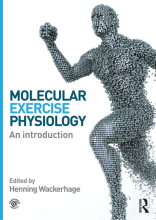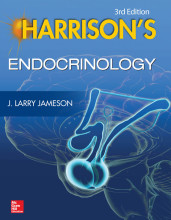Summary: Exercise Immunology
- This + 400k other summaries
- A unique study and practice tool
- Never study anything twice again
- Get the grades you hope for
- 100% sure, 100% understanding
Read the summary and the most important questions on Exercise Immunology
-
Introductie in de exercise physiology
This is a preview. There are 20 more flashcards available for chapter 04/09/2017
Show more cards here -
Which chronic diseases benefit from clinical exercise therapy?
- Diabetes Mellitus Type 2
- Rheumatoid Artritis
- Arthrosis
- Cancer
- Alzheimer's Disease
- Dementia
- Osteoporosis
- TBA
- Interstitial lung disease
- Periodontitis
- Cardiovascular Diseases
- Ageing and Frailty
-
What is the main idea about the immune system in the involvement of the immune system in chronic diseases?
The immune system fails OR is overactive -
What is the main aim of Clinical Exercise Physiology?
Twofold- Improve movement performance
- Improve mobility and rehabilitation
-
(Human) movement has effect on multiple levels of organisation, which levels?
- Molecular
- Cellulair
- Organ
- Organism
-
Which 5 chemical 'messengers' are involved in exercise and immunity?
- Hormones
- Adipokines
- Cytokines
- Growth factors
- Steriods
-
What is the main difference between hormones and cytokines?
Hormones orginiate from particular groups of cells (glands) and are low in concentrations, whereas cytokines can be released from any cell, usually immune cells, rapidly, enabling strong fluctations in the blood concentrations. -
Cells can signal eachother with hormones, growth factors, cytokines, steriods and adipokines. Recently, a 6th category has been discovered, what is this category?
Exosomes, which are small RNA-strings shipped by tiny microvessels -
Whether organs can crosstalk via their signalling molecules, the influence of soluble factors of myotubes on osteoclast formation was investigated. What was the conclusion?
Myotubes secrete soluble factors (IL-6) that inhibit osteoclast formation and therefore affect bone metabolism. -
Which two characteristics are strongly related with morbidity and mortality?
Loss of muscle mass and mitochondria -
What can be said about the relation between cell size and oxidative capacity?
It is an inverse hyperbolic relationship. Cell size goes up than oxidative capacity goes down.
- Higher grades + faster learning
- Never study anything twice
- 100% sure, 100% understanding
































